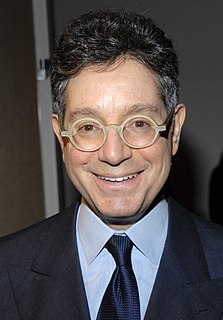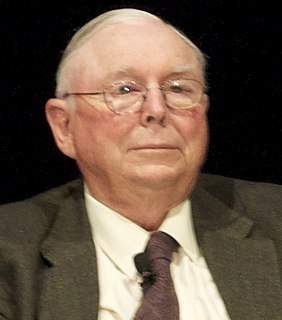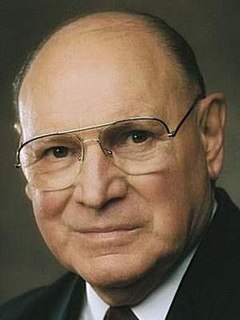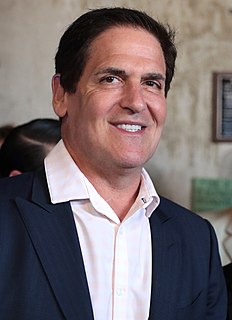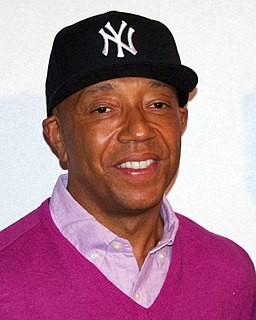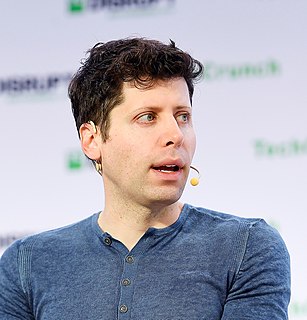Top 38 Quotes & Sayings by Jeffrey Deitch
Explore popular quotes and sayings by an American businessman Jeffrey Deitch.
Last updated on April 19, 2025.
Street skating, which is what I grew up with, is completely free of rules. You can do anything. When I see a skater go by, I think, What is this person going to do here? It's the same with people who write, who make music, who draw, who make movies. Creative people tend to have all of those different avenues in them.
I started getting really curious about art. I read about the Dadaists and the Futurists and the Constructivists - those kind of movements which were reflecting the angst of the people of their times. Their work was trying to lead a movement. I began thinking about what was happening, with painting on the streets and painting on the trains as being similar but also coming from a real, pure space. It wasn't being created by academies. It was a spontaneous combustion of ideas that just happened.
Skateboarding, like graffiti, will never be tamed. No matter how much they monetize it, no matter how big it gets, no matter how many companies are putting millions and millions of dollars into marketing it, it's always going to be some Mexican kid on a corner in Echo Park that changes the rules of the game.
